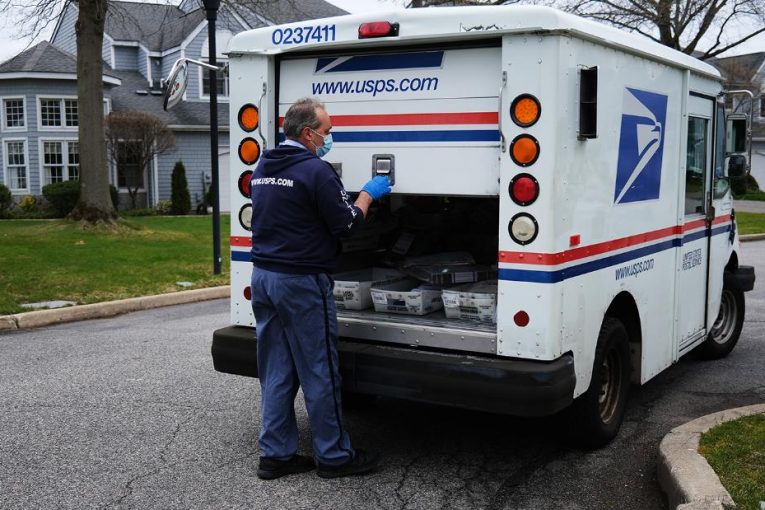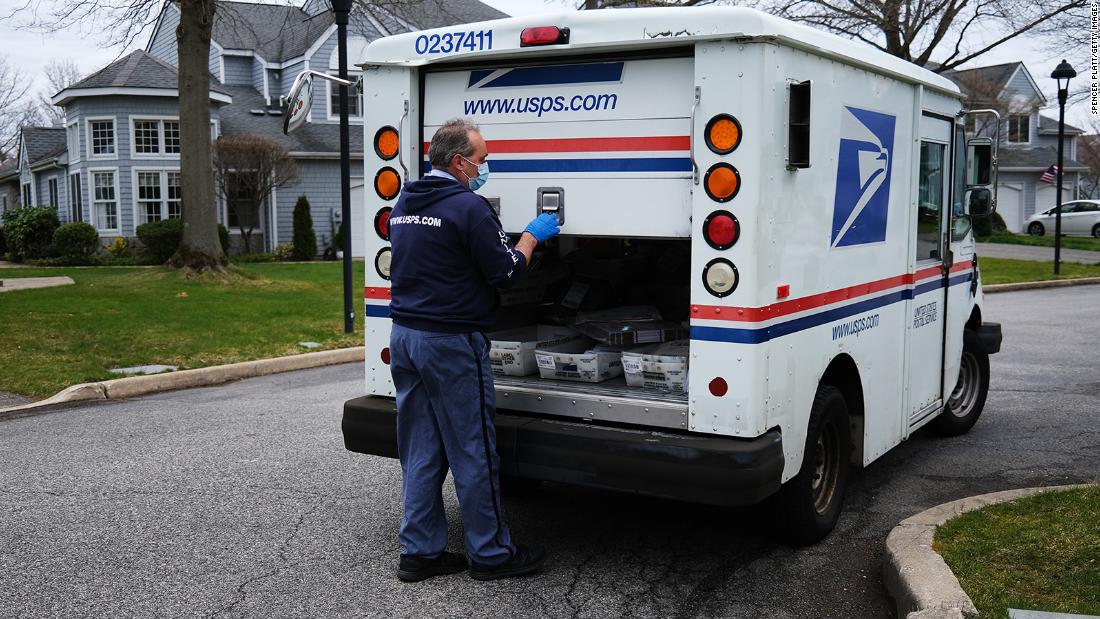

By Gabriella Garcia
In early April of this year, President Donald Trump sent out a tweet alerting the public to potential fraudulent activity when voting by mail, stating, “Tremendous potential for voter fraud, and for whatever reason, doesn’t work out for Republicans.”
This was his first of many attempts to attack and undermine the mailing system.
Despite pleas from the public, Trump has deliberately shut down all of Congress’s attempts at providing funding for the United States Postal Service. Days after Trump’s tweet, Postmaster General Megan J. Brennan warned Congress of USPS’ need for additional funding after suffering a huge decrease in mail as a result of the pandemic, stating, “The Postal Service is holding on for dear life, and unless Congress and the White House provide meaningful relief in the next stimulus bill, the Postal Service could cease to exist.”
According to USPS, Marketing Mail revenue declined by $1.4 billion, or 37.2 percent, compared to the same quarter in 2019. Should this continue, the Postal Service estimates “a $13 billion revenue loss directly to COVID-19 this fiscal year and a $54.3 billion additional losses over ten years.”
The Trump administration responded by threatening to veto the CARES Act if it included any money directed to bail out the postal agency. In addition, changes to the Postal Service’s management led to a variety of complications and delays with deliveries, as efforts to cutback on budget spending resulted in reducing employee overtime, and stricter delivery hours.
Further, invalidating the security of the vote-by-mail process could lead to devastating consequences in  the presidential election.
the presidential election.
Trump, being explicit in his distrust and distaste for the Postal Service, could potentially diminish citizens’ confidence in the system. His claims have already influenced the minds of the more impressionable voters in the country, decreasing voter turnout and potentially hurting his own chances of winning this election as well. Providing the option to vote by mail is essential, especially during a national pandemic with over seven million cases and over 208,000 deaths.
Hundreds of Americans also rely on the postal service to receive medications, packages and other necessities.
Those in rural areas and on Native American reservations—whose addresses are not always recognized by delivery services—are also at a disadvantage and are indirectly targeted by the gradual downfall of the USPS.
President Trump’s attack on mail-in voting also seems contradictory since a majority of his followers live in rural towns and deeply value more emphasis on health, public safety and access to healthcare services.
“In today’s working class and rural communities, health care is everything” reports the American Prospect, adding that “… they are looking for a leader who will make big changes in healthcare, fight for working people…and unite the country to defeat the current economic and public-health crisis.”
In 2018, the Pew Research Center found that the GOP has an “advantage among rural white voters at 24 percentage points (58 percent to 35 percent),” however, this may very well be changing since the president has failed to follow through on his promises of providing an alternative to Obamacare and has seemingly neglected rural towns during the pandemic. Three-quarters of white working-class and rural voters supported Trump in 2016, but less than half indicate planning to vote for him now.
In mid-August, President Trump explicitly admitted that his decision to deny the USPS financial assistance will directly impact (mail-in) voting in the upcoming election. In an opinion article, the Washington Post reported that Trump is blaming the Democratic Party for pushing more mail-in voting so that the election would favor them.
However, studies show that “implementing a universal [voting-by-mail program] has no apparent effect on either the share of turned-out voters who are Democrats or the share of votes that go to the Democratic candidates… ” but find that “it increases turnout by roughly 2% on average…”
According to CNN, Biden is leading in national polls, averaging at 51 percent while Trump follows with around 42 percent.
Support our work – to become a sustaining at $5 – $10- $25 per month hit the link:





